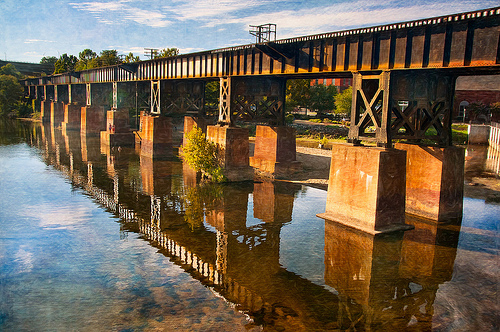What is it about reflections that draw us in? The initial fascination lies with the mirror world aspect of something reflected. Of course, the reflection is mostly like our world—but it differs. The most obvious difference is that something seen reflected—for example, in a mirror—is reversed.
The less mirror-like the reflecting surface the more distorted the reflection. For example, when water reflects the reflections merge into refraction. Things beneath the surface come into view and join with our reflected world to create an alternative universe. What started with an interest in reversal becomes quickly charged with exotic differences and the admixture of more than one reality.

For a moment, consider some other meanings of “to reflect.” To reflect is to think carefully about something. In psychology, we reflect feelings back to the person originating them. In photography, most subjects reflect light—and the reflected light is the subject of the photo.
No wonder that some images with reflections hold our interest. For many photographers a viable strategy is to get the viewer interested with line, color and composition but bring the viewer deeper using reflection. A reflection is our key to enhancing our understanding by looking at our world a little differently, and to thereby know ourselves better as well.